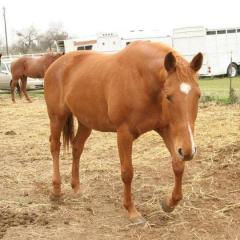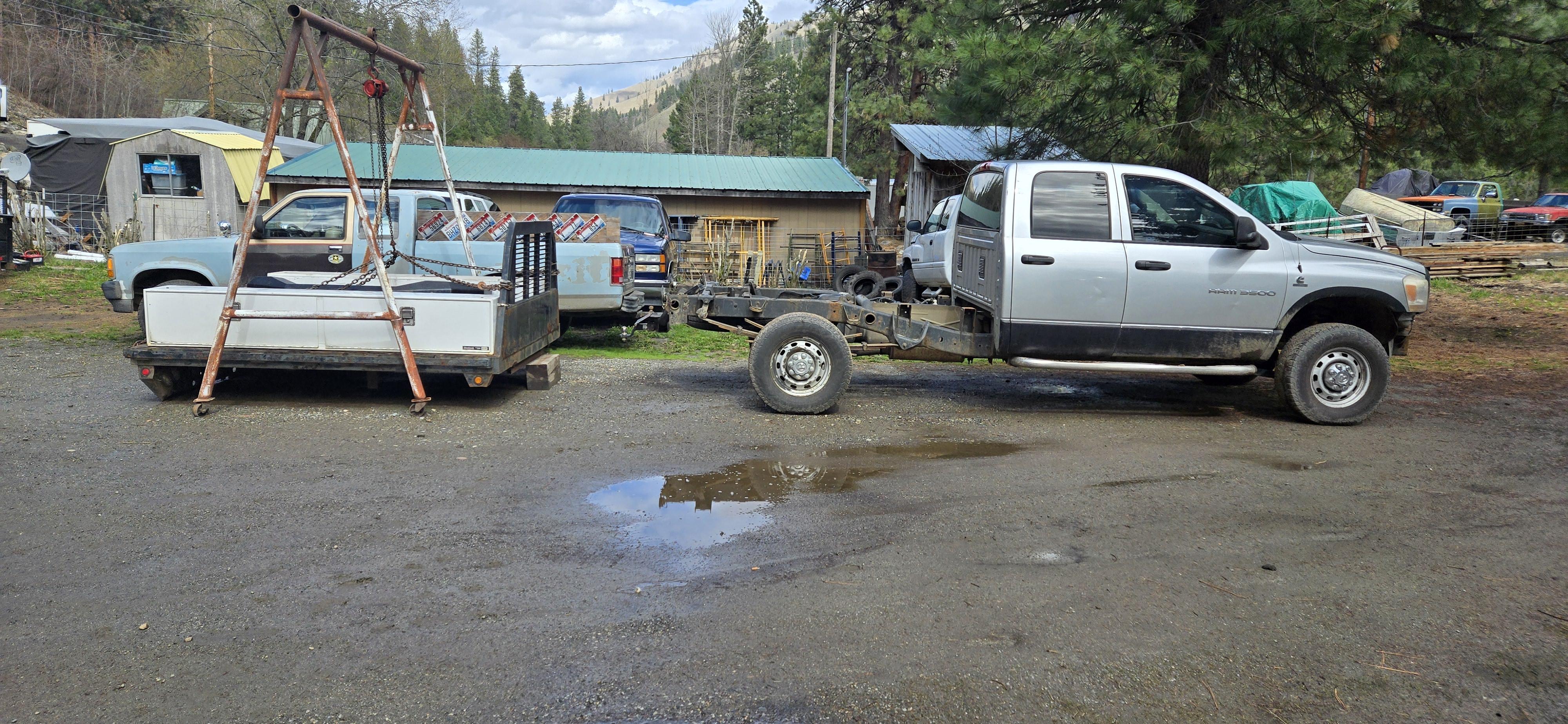What is an A/R ratio and how is it calculated?:
The A/R in a relationship that is obtained when dividing the interior area of the turbine where the inner walls are found, through the turbine housing radio from the center to the tongue as the illustration indicates.
A/R values are expressed as .35, .47, .68, .84, 1.00, 1.15, etc.
A small A/R indicates a small interior volume in the small turbine and a large A/R indicates a greater volume.
At a minimum A/R the motor's response is produced at small revolutions per minute but at high revolutions we will not achieve an adequate caudal. We should always find a compromise between achieving the lowest response possible and have enough caudal at high revolutions. The picture below is for reference:
As stated, the turbine housing A/R is the cross sectional area of the turbine housing divided by the distance from the center of that cross section to the center of the wheel. This makes sense if you look at the graphic.

If you take for example, the area in A1 and divide it by R1, you will have found the A/R for this turbine housing. Each cross section and radius have the same proportions so the A/R will be found by using any cross section/radius.
What is the Trim of a turbo and how is it calculated?
Each turbine wheel y compressor wheel model generally have the same turbine diameter (highest diameter), but different steps (lowest diameter). Each type of step (trim), has different blowing characteristics.

[*]TRIM values are expressed as 45, 50, 55, etc... and can only go from 0 to 100. A value of 100 means Dp = Dg
[*]A large TRIM indicates a large turbine diameter.
[*]A TRIM of 55, gives 10% more caudal than a TRIM of 50.
[*]TRIM is used in the same way for turbine wheels as for compressor wheels.
[*]TRIM is calculated through the following formula.
TRIM = ( Dp / Dg )² x 100
Si Dg = 50 mm y Dp = 35 mm
TRIM = ( 35/50 )² x 100 = 49
What are the different flanges and what are the sizes?
[*]All most all of your turbo head units come with the flanges described below. The T3 housing is the smallest and flows the least, with the T6/Thumper flange being the biggest and flowing the most. The flange plays a role in spool up, backpressure...etc. The rule of thumb here is use the largest flange you can possibly fit. Of course this will be limited by what headers you use, since most are pre-fabbed and come with a flange already, and under hood space will also be a limitation.
[*]Basic T3

[*]Basic T4

[*]Basic T6






There are no reviews to display.